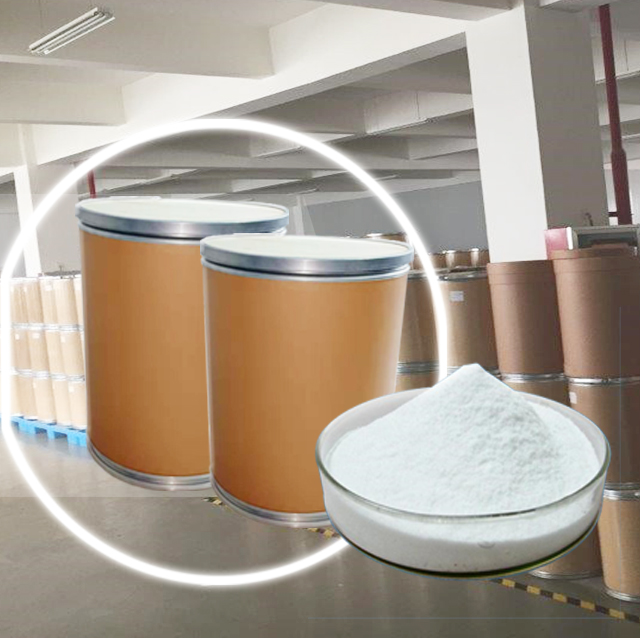| Message: | Tris (Tris) is a widely used organic reagent, and its effective buffer range is between pH 7.0 and 9.2. It and its derivatives are widely used in the preparation of buffers in biochemistry and molecular biology experiments, and can be used to make drugs, organic synthesis, biological buffers, etc. Among them, in biochemical experiments, many protein and nucleic acid-related experiments require Tris as a biological buffer. It even has a tendency to surpass phosphate buffer. This article will briefly describe its derivative buffer.
TBS buffer
TBS means Tris buffered saline, which is a Tris-HCl buffered salt solution, and is an isotonic salt solution plus Tris-HCl buffered solution.
TBST buffer
TBST contains three substances: Tris-HCl, NaCl, and tween20, which are commonly used as a washing buffer in Western Blotting.
TE buffer
Tris hydrochloric acid buffer is added with EDTA to make "TE buffer". TE buffer is weakly alkaline and protects the bases of DNA.
TAE buffer
Change the pH-adjusting acid solution to acetic acid to obtain the "TAE buffer" (Tris/Acetate/EDTA). TAE is the most widely used buffer system.
TBE buffer
In the acrylamide experiment and agarose gel electrophoresis, the acid solution that adjusts the pH value is replaced with boric acid to obtain the "TBE buffer" (Tris/Borate/EDTA). TBE Buffer is a commonly used buffer in molecular experiments, composed of Tris, boric acid, and EDTA, so it is called TBE buffer for short. |
 my account
my account
 log out
log out
 my account
my account
 log out
log out
